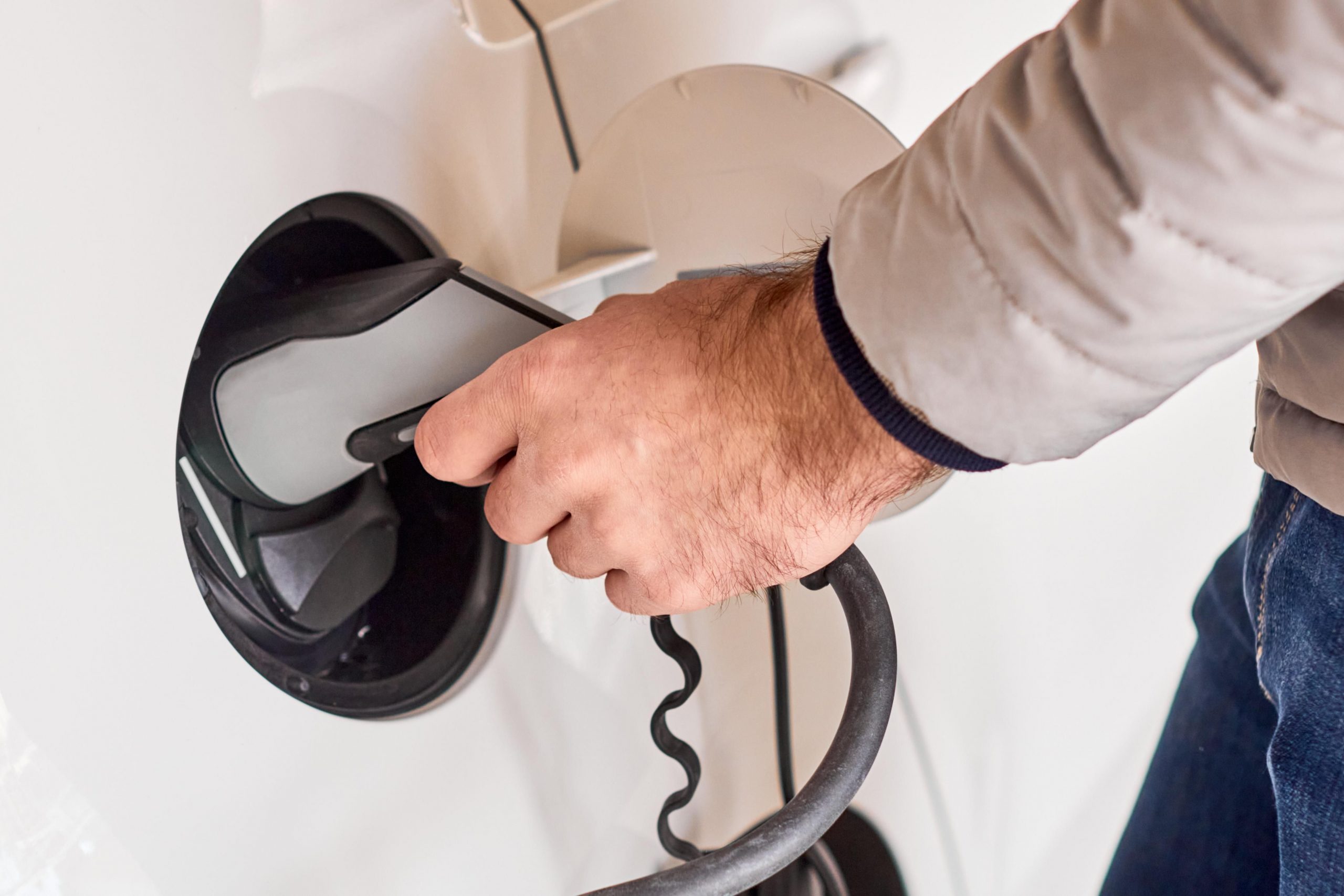
Consider yourself a lifesaver if you opt for an electric vehicle next time you buy or lease a new car.
Electric cars can save millions of lives and reduce health care costs by improving air quality so people can breathe better and freer, according to a new report by the American Lung Association. Zero-emission electric vehicles don’t emit exhaust gas or other pollutants into the atmosphere. Instead of gasoline, these vehicles are powered by batteries that can be charged at charging stations.
If all new cars, pick-up trucks, and SUVs sold by 2035 were zero-emission, there would be up to 89,300 fewer premature deaths, 2 million fewer asthma attacks, 10.7 million fewer lost workdays, and a savings of $978 billion in public health benefits across the United States by 2050, according to lung association projections.
“Transportation is a leading source of air pollution and climate change pollution, and we will continue to have challenges meeting clean air standards until we transition passenger vehicle sales to zero-emission,” said report author Will Barrett, senior director for clean air advocacy at the American Lung Association.
The new report also projects that the nation’s electric grid will be powered by clean energy instead of fossil fuels by 2035. This grid produces electricity via renewable energy generators, such as off-shore wind, land-based wind, hydropower, solar power and other sources.
“The report essentially illustrates the potential for major health benefits if all new passenger vehicles sold are zero-emission coupled with a net-zero power grid,” said Barrett.
And the momentum is growing, he said. So far, six states have followed California’s lead in prohibiting the sale of new gas-powered cars by enacting the Advanced Clean Cars II rule. It states that all new passenger cars, trucks and SUVs will be zero emission by 2035.
In addition, the U.S. Environmental Protection Agency released a proposed rule that would create stricter emissions standards for cars and could make two-thirds of new passenger vehicles zero-emission by 2032. The group is now seeking comments on this proposal.
“The trajectory is there,” Barrett said. ”It’s a matter of setting policies in place and ensuring that they are enforced and taking full advantage of the Inflation Reduction Act and President Biden’s Bipartisan Infrastructure Law.” The Inflation Reduction Act of 2022 includes several incentives, such as tax credits, to encourage wider use of electric vehicles and charging stations. The Bipartisan Infrastructure Law invests billions in electric vehicle charging, clean transportation, and electric vehicle battery components and other materials.
Everyone can do something to make zero-emission a reality, he said.
“Review the potential for health improvements in your state if all vehicles were zero-emission and take that information to the local government or state leaders, and advocate for stronger and more stringent standards at the state and local level,” Barrett said.
The new report was released June 7.
Transitioning to zero-emissions vehicles will be a win-win, reducing emissions of greenhouse gases and improving local air quality and health, said Sandrah Eckel. She is an associate professor in the department of population and public health sciences at the University of Southern California Keck School of Medicine in Los Angeles.
Greenhouse gases absorb and trap heat in the atmosphere, creating a greenhouse effect that results in global warming and climate change.
The new findings echo results of a February 2023 study that Eckel and colleagues published showing that California neighborhoods with the most all-electric cars had a decline in asthma-related emergency room visits.
Zero-emissions vehicles are one part of the solution to a complex problem. “Can you imagine a similar transition towards more active transport like walking and biking? I bet the health and air quality co-benefits would be even more remarkable,” she said.
While zero-emissions vehicles have no combustion-related tailpipe emissions, they still produce so-called non-tailpipe emissions, like brake and tire wear, said Eckel, who was not involved in the new report. “Because of their batteries, zero emissions vehicles are often heavier than their internal combustion counterparts and so may produce more of these non-tailpipe emissions.”
There’s also the environmental justice issue, she said.
“The communities that stand to benefit the most from reductions in air pollution and asthma emergency department visits are the communities at risk of being left behind in the transition to zero-emissions vehicles,” Eckel noted. These cars are expensive, and there are concerns about equitable access to fueling and charging infrastructure in these low-income areas.
It’s time to start considering electric vehicles among other steps for cleaner air, said Dr. Neil Schachter. He’s a professor of pulmonary and community medicine and medical director of pulmonary rehabilitation at Mount Sinai Medical Center in New York City.
“We have decades of research showing the link between respiratory problems and emissions from cars and trucks, and now we finally have the technology of electric or even hybrid vehicles to dramatically reduce this type of pollution,” said Schachter, who has no ties to the research.
“People were reluctant to give up horses and carriages when cars were first introduced. Now we need to push past this type of resistance for a vital change in transportation to achieve cleaner energy,” he added.
More information
Read the full “Driving to Clean Air: Health Benefits of Zero-Emission Cars and Electricity” report at the American Lung Association.
SOURCES: Will Barrett, senior director, clean air advocacy, American Lung Association, Sacramento, Calif.; Sandrah Eckel, PhD, associate professor, population and public health sciences, University of Southern California, Keck School of Medicine, Los Angeles; Neil Schachter, MD, professor, pulmonary and community medicine, medical director, pulmonary rehabilitation, Mount Sinai Medical Center, New York City; American Lung Association report, June 7, 2023
Source: HealthDay
Copyright © 2024 HealthDay. All rights reserved.

Leave a Reply